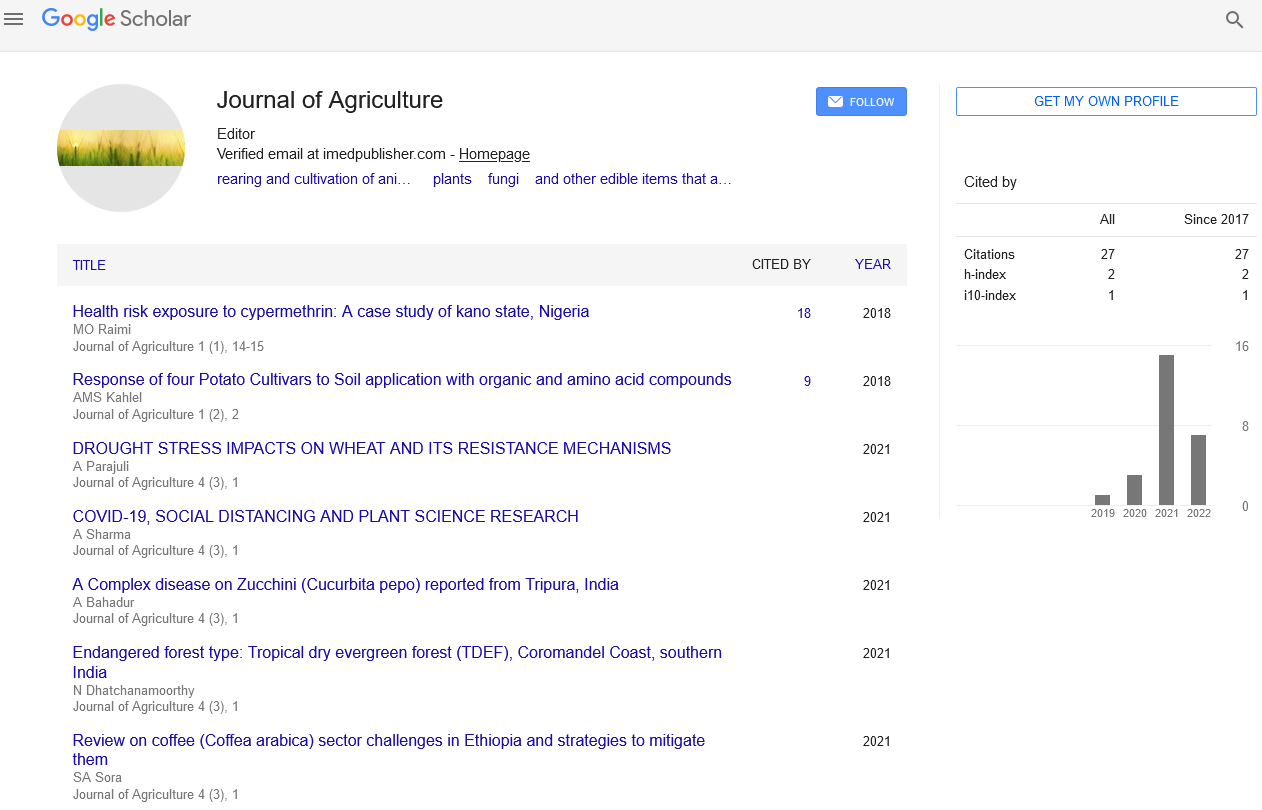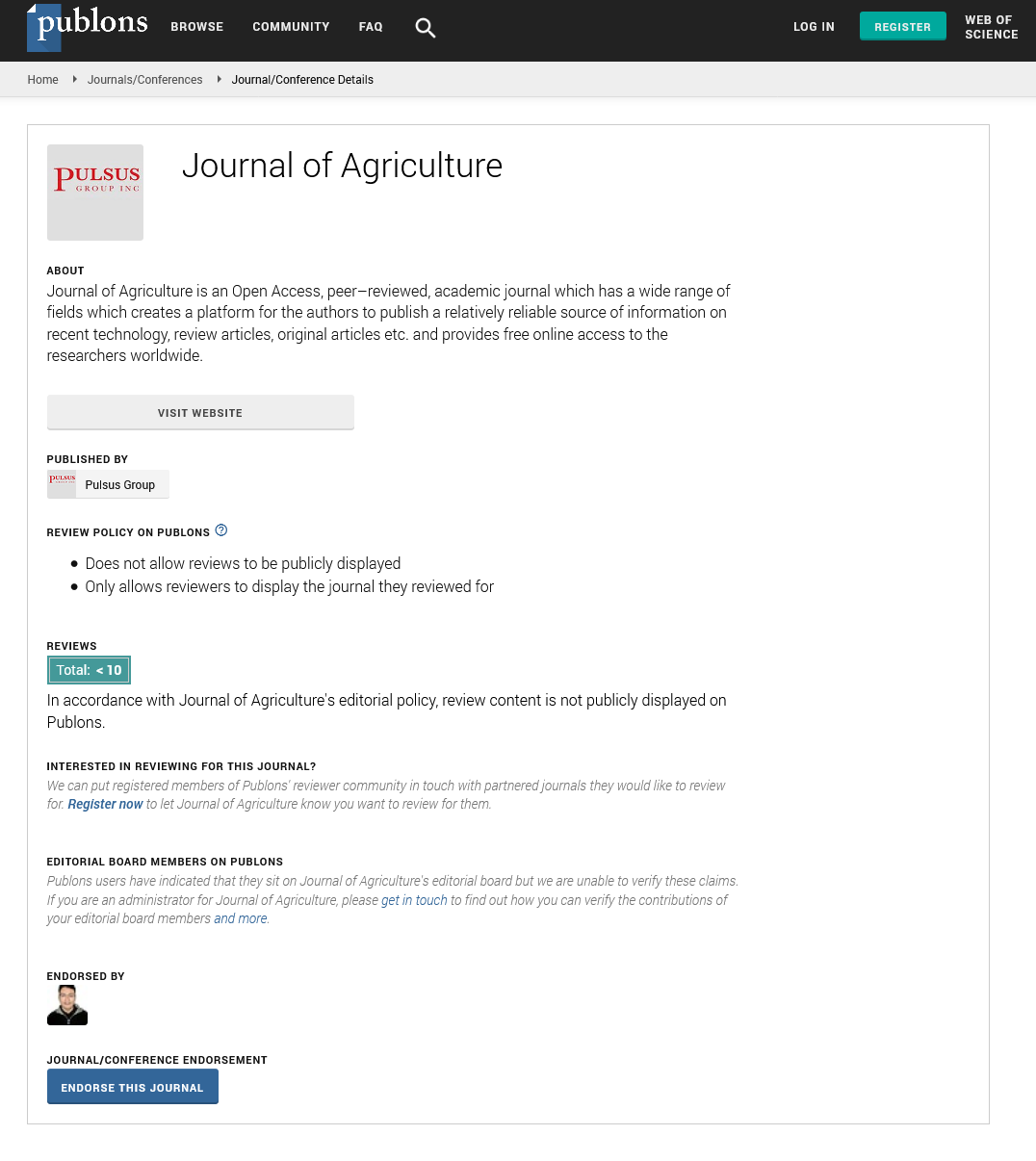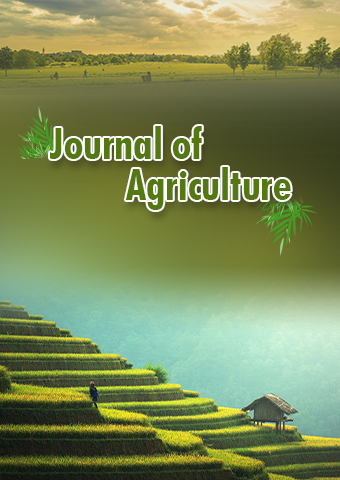Perspective - Journal of Agriculture (2023) Volume 6, Issue 4
Regional Number of Co-variations in Tea Biological Factors are Identified
- Corresponding Author:
- Abdur Rashid Ahmed
Department of Agriculture, Anand Agricultural University, Gujarat, India
E-mail: rashidonemail@gmail.com
Received: 9-Feb-2023, Manuscript No. JAGRI-23-89124; Editor assigned: 13-Feb-2023, Pre-QC No. JAGRI-23-89124 (PQ); Reviewed: 27- Feb-2023, QC No. JAGRI-23-89124; Revised: 25-Jul-2023, Manuscript No. JAGRI-23-89124 (R); Published: 05-Aug-2023, DOI: 10.37532/ JAGRI.2023.6(4).88-89
Abstract
Chlorophyll and nitrogen content were used as leaf physiological parameters. Based on multispectral imagery from multiple acquisition angles and stoichiometric data of tea leaves (Camellia sinensis) in various locations on the plant, spatial differences in the physiological parameters of tea were studied to study the effects of ground. Full channel difference vegetation indices were determined for objective removal and shadow noise. We then trained a physiological parameter detection model for tea using support vector machines, Random Forests (RF), partial least squares, and backpropagation algorithms from multispectral images of leaf and canopy scales. Finally, we analyzed and compared the detection effects of multispectral images obtained from different viewpoints on the physiological parameters of upper, middle and lower tea leaves. As a result, we found clear spatial differences in physiological parameters of tea leaves in individual plants. Chlorophyll levels were lowest in the top and relatively high in the middle and bottom. Nitrogen levels were highest in the upper part and relatively low in the middle and lower part.
Keywords
Physiological parameters • Spatial difference • Biological • Random Forests (RF) • Chlorophyll
Introduction
As a drink, Camellia sinensis (L.) O. Kuntze tea is consumed all over the world. High quality tea products are obtained from fresh tea leaves with high nutritional value. Nitrogen is an important macronutrient for plants and is commonly used to assess plant nutritional value. Chlorophyll is essential for photosynthesis in green plants, and the chlorophyll content in fresh tea leaves greatly influences the synthesis of ingredients and other organic compounds. Therefore, chlorophyll and nitrogen levels in C. sinensis are key factors affecting tea quality and yield, and obtaining accurate information on these factors is essential for more sophisticated cultivation and management in tea gardens. Therefore, the detection and evaluation of tea nitrogen and chlorophyll content is important for formulating detailed management measures for tea gardens and improving tea quality and yield.
Traditional methods for determining chlorophyll and nitrogen levels are complex, time consuming, labor intensive, and costly, making them difficult to spread. Spectral measurement, a new technology, is non-destructive and fast, especially hyperspectral measurement is highly accurate. However, hyperspectral equipment is expensive and not widely available. Multispectral technology, an improved version of hyperspectral technology, can ensure data accuracy with significant cost savings and is gradually being applied in various fields. However, existing non-destructive measurement techniques such as the spad-502 plus instrument and other inefficient non-imaging spectrometers are mainly based on point measurements. Furthermore, the detection of physiological target parameters at different vertical structural positions is not detailed enough when spectral measurements are used at surface scales. For example, leaves of older plants have higher chlorophyll content than younger leaves to facilitate photosynthesis for vegetative growth in younger leaves. Therefore, the detection of physiological parameters for young and old leaves should be performed separately.
Description
A Changguang Yuchen MS600 V2 multispectral sensor was analyzed using various home applications. This indicates high stability and reliability. An improvement to hyperspectral sensors, multispectral sensors are significantly cheaper than hyperspectral sensors and similar imported devices. These are the main reasons for choosing the MS600 V2 multispectral camera for this study. The MS600 V2 has been integrated into Unmanned Aerial Vehicles (UAVs) for various applications in previous research, but few for short-range applications. UAV integrated applications have more complex data acquisition procedures, lower spatial resolution, and increased data processing flow. The handheld ground wearable method proposed in this study can collect reliable multispectral data more easily and accurately. Note that the registration effectiveness of the multi view image registration scheme in this study for canopy scale images with 3D features is not as good as for 2D leaf scale feature images. This may be another reason why the detection results for leaf scales are better than for crown scales.
Conclusion
The tea quality parameters discussed in this study differed horizontally and vertically, especially vertically, due to natural or human factors. By refining the data for each part of the tea leaf, the accuracy of non-destructive detection can be improved. There was a significant correlation between tea physiological parameters and spectral indices. Therefore, it is possible to capture the biophysical and chemical parameters of tea using multispectral techniques. His FCDVI proposed in this work can be used to effectively remove background noise, greatly improving data quality and correlation. The physiological parameter with the best detection results was SPAD, followed by nitrogen content and total chlorophyll content. The model trained by the HF algorithm outperformed the BP neural network, SVM and PLS in detecting the physiological parameters of tea. The leaf scale multispectral imagery is superior to that of the canopy scale in capturing the physiological parameters of tea leaves, and changing the detection angle has a positive effect on the detection efficiency of the canopy scale close to the leaf scale.


